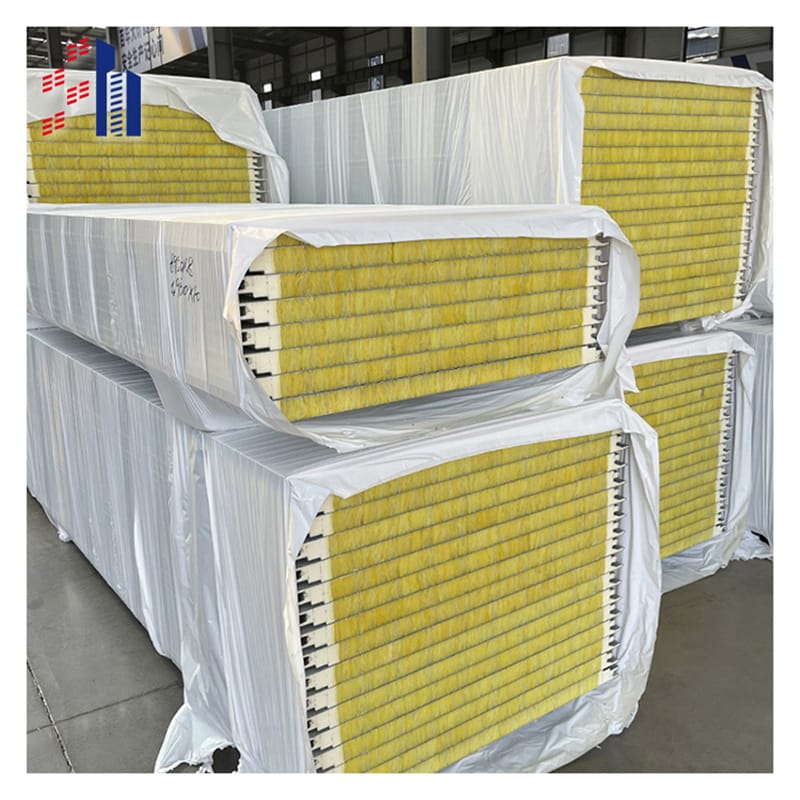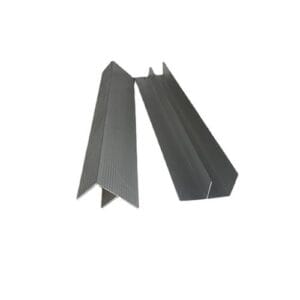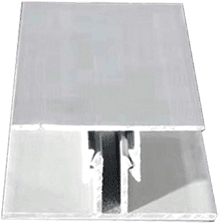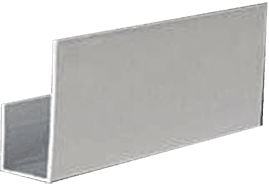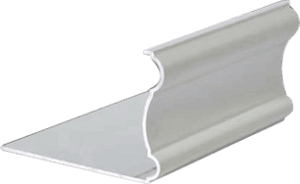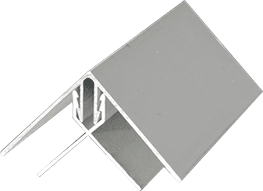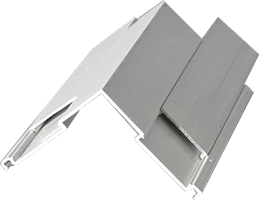Industrial & Logistics Facilities
- Cold Storage/Refrigerated Warehousing
Ultra-low thermal conductivity (0.017–0.025 W/(m·K)) minimizes energy loss
FDA/CFR Title 21-compliant hygienic surfaces for food/pharmaceutical storage
Commercial & Institutional Construction
- Retail & Hospitality
Shopping mall facades (Class A fire-rated with decorative finishes)
Hotel partition walls (STC ≥35 dB sound attenuation)
Energy-Efficient Retrofits
LEED-certified buildings: Panels with R-value ≥8.5 (per ASHRAE 90.1)
Passive House projects: Aerogel-core panels (U-factor ≤0.15 W/(m²·K))

